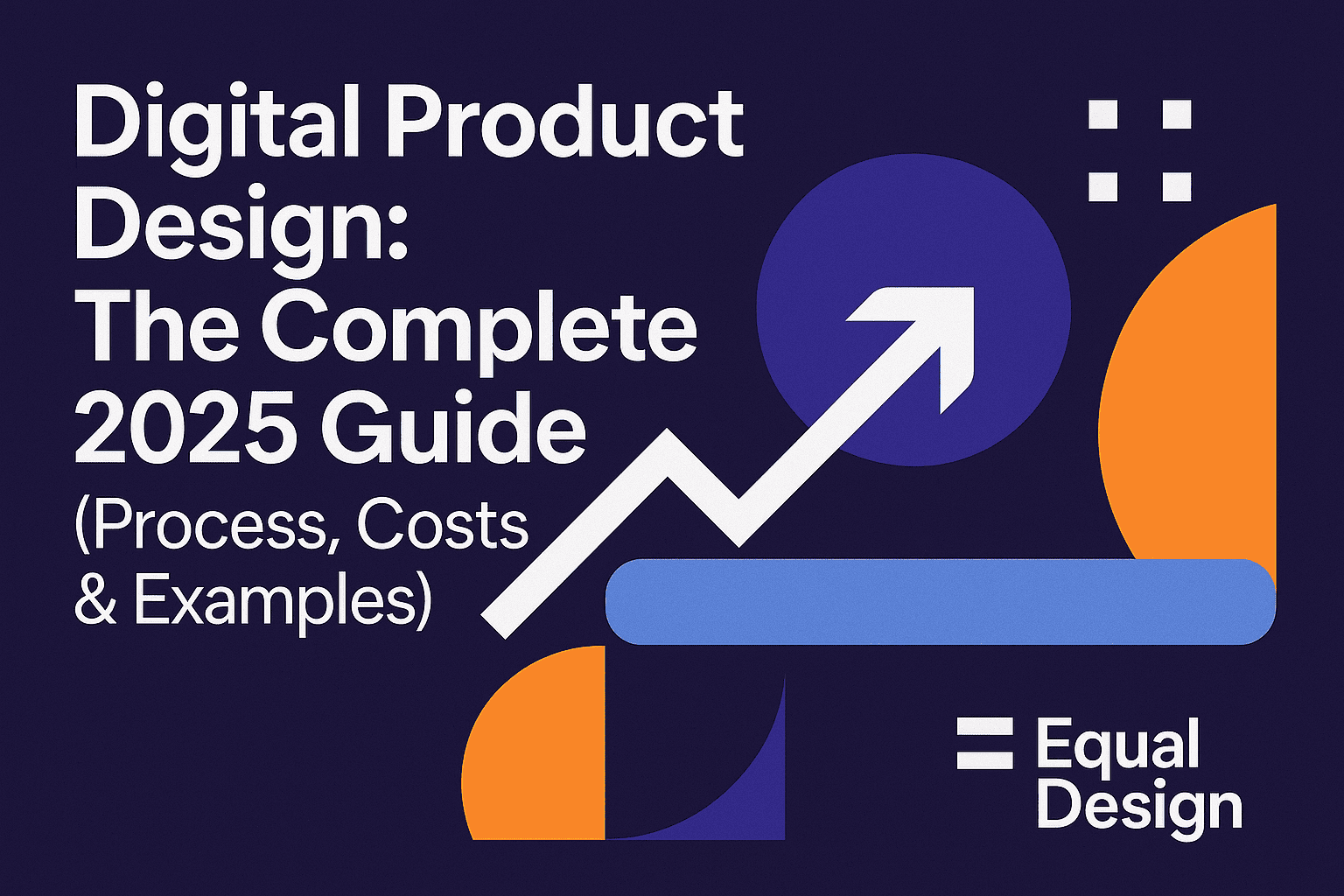The overwhelming digitalization, globalization, and changes in customer behavior have spurred the boost of ecommerce. Today, 43% of buyers use the internet and social networks to investigate goods before purchasing, and by 2025, ecommerce revenue is forecasted to reach $1.3 trillion in the U.S.

Ecommerce sites help retailers to enter new markets, manage every aspect of their customer experience, and ultimately stay on the surge. Whether you build a solution yourself or use ecommerce web development services, understanding the process will enable you to make wise choices and optimize a website for your specific needs.
[[cta9]]
What Makes an E-Store Different from Other Websites?
Several vital factors that distinguish ecommerce sites.
- The eventual goal of a web store is to enable transactions that occur online, regardless of the type of product or service.
- E-commerce sites not only inform and advertise, but they also provide actual goods, whether physical or digital.
- While the other sites may require a client’s physical presence for certain actions, online retail stores are not limited by a geographic location.
Ultimately, the main differentiator of ecommerce websites is their function. Together with providing the information, they enable transactions and the whole selling process online, which is accessible everywhere.
The Most Important Elements of the Ecommerce Web Design

Developing an efficient ecommerce site design can be challenging. Explore the core factors for creating a stellar e-store.
Convenient interface and user experience design
The look and function of your web store determine whether customers will continue their buyer journey or abandon your site. The winning recipe for a custom ecommerce website design is a fusion of a simple yet enthralling interface. Intuitive navigation, clear descriptions, and easy checkout help to guide users and motivate them to complete a purchase.
Familiarize yourself with available platforms and programming languages, weigh their opportunities against your goals and make an informed choice for superior outcomes.
Product information and quality images
When purchasing online, customers cannot see, touch, or feel an item. Therefore, retailers should bring their products as close to users as possible. A sufficient number of excellent quality images and detailed descriptions are indispensable resources to represent a product.
A smooth checkout process
A simple and trustworthy online payment gateway is crucial for transaction completion. Researchers claim that conversion rates can grow by 35.26%, thanks to improved checkout design. Apart from ensuring a seamless checkout, retailers can include tailored offers for upselling and cross-selling purposes.
Mobile Functionality
With the growing penetration of mobile devices, ecommerce mobile app design has gained traction. You can develop a dedicated mobile application or make sure that your web store performs flawlessly on various types of devices and screens. A cross-platform interface will help you expand your target audience.

Social Media Integration
The efficiency of social networks for lead generation is above questioning. More than 91% of marketers assert that their social media efforts bring substantial fruits. So, why not integrate a direct purchase opportunity into SM platforms? For instance, TikTok already benefits from this option. Moreover, sellers can empower their followers to become brand ambassadors by adding respective icons for sharing, commenting, and reviewing products.
How Much Does an E-Store Cost?
The types of websites can vary drastically, as well as their design features and overall goals. All those factors impact the cost; therefore, the approximate prices’ range is vast.
The two fundamental constituents of running an ecommerce store include:
- Hosting: between $40 and $4000 per month;
- Design setup fees: from $1,500 to $30,000.
To create a precise cost estimate, an ecommerce website designing company needs to know the size of your product catalog, the scope of customization, your sales volumes, and your overall goals for the project. By providing ecommerce web developers with your detailed requirements, you’ll be able to plan your budget and avoid overspending.
[[cta12]]
Final Thoughts
A flourishing retail business today is hardly possible without a functional and user-friendly e-store. Enhance your benefits from online retail by partnering with a reliable ecommerce website designing company. This is an excellent way to skip the extra hassle, avoid pitfalls, and ensure valuable outcomes.



.svg)





.png)


